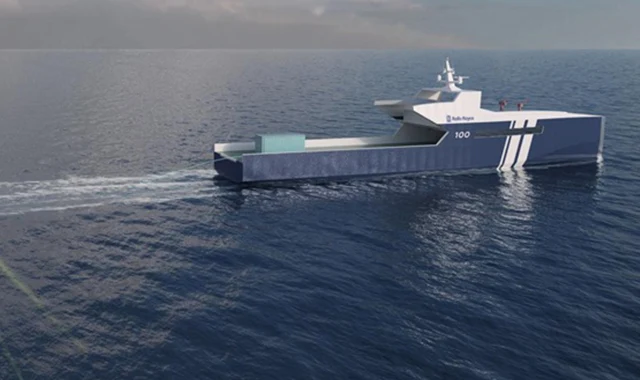NASA wants to reach Mars with nuclear power
How powerful does a space rocket have to get to Mars? Apparently, rather more than the more modern we have. This is what NASA thinks, which has reopened the door to Advance Nuclear Thermal Propulsion Technology whose possibilities in space exploration seemed forgotten: nuclear fusion.
Nuclear power propulsion is a fairly popular idea in science fiction. NASA has already done some experiments with it in the 1970s, although the risks of using it outweighed the benefits. Instead, he sent Apollo missions to the Moon with conventional fuel, much less powerful and efficient. The tests will take place at the Nevada National Security Site near Las Vegas. Its ultimate goal is to provide enough energy on the surface of the Red Planet for the production of fuel, habitats and other equipment, when humans settle there.
The last time NASA tested a fission reactor was during the 1960s Systems for Nuclear Auxiliary Power (SNAP) program, which developed two types of nuclear power systems. The first system - thermoelectric generators of radioisotopes, or RTGs - takes advantage of the heat released from the natural decomposition of a radioactive element, such as plutonium. RTGs have fueled dozens of space probes over the years, including the explorer Curiosity currently exploring Mars.
The second technology developed under SNAP was an atom division fission reactor. SNAP-10A was the first - and so far, only - US nuclear power plant to operate in space. Launched on April 3, 1965, the SNAP-10A operated for 43 days, producing 500 watts of electrical power, before an unrelated equipment failure ended the show. The spacecraft remains in Earth orbit.
Russia has been much more active developing and flying spacecraft powered by small fission reactors, Radar Ocean Reconnaissance including 30 Satellites, or RORSAT, which flew between 1967 and 1988, and increased power TOPAZ systems. TOPAZ is an acronym for Thermionic Experiment with Conversion in Active Zone.
However, if the agency wants to meet its goal of sending a manned mission to Mars, it must get a whole rabbit out of the hat. It needs an energy source that will shorten the journey to the red planet for several months, thus reducing the exposure of astronauts and spacecraft to space radiation. The options are not too many, so they have ended up turning a blind eye to nuclear power.
To investigate whether it is possible to equip Advance Nuclear Thermal Propulsion Technology by testing such a motor in a manned spacecraft, NASA has awarded a contract worth 18 million to BWXT, a company specializing in generating atomic energy. His challenge is to create an atomic engine powerful enough to go and return to Mars without risking - at least not too much - the life of astronauts.
On the previous occasion they encountered a seemingly insurmountable problem: for an engine of this type to work, it should be heated to more than 2,000 degrees centigrade, a fairly high temperature that can cause an explosion.
The dilemma is there: if we want to explore the Solar System we need a better source of energy for our rockets. Otherwise, they will never be able to go beyond Mars with the greatest possible risks.








